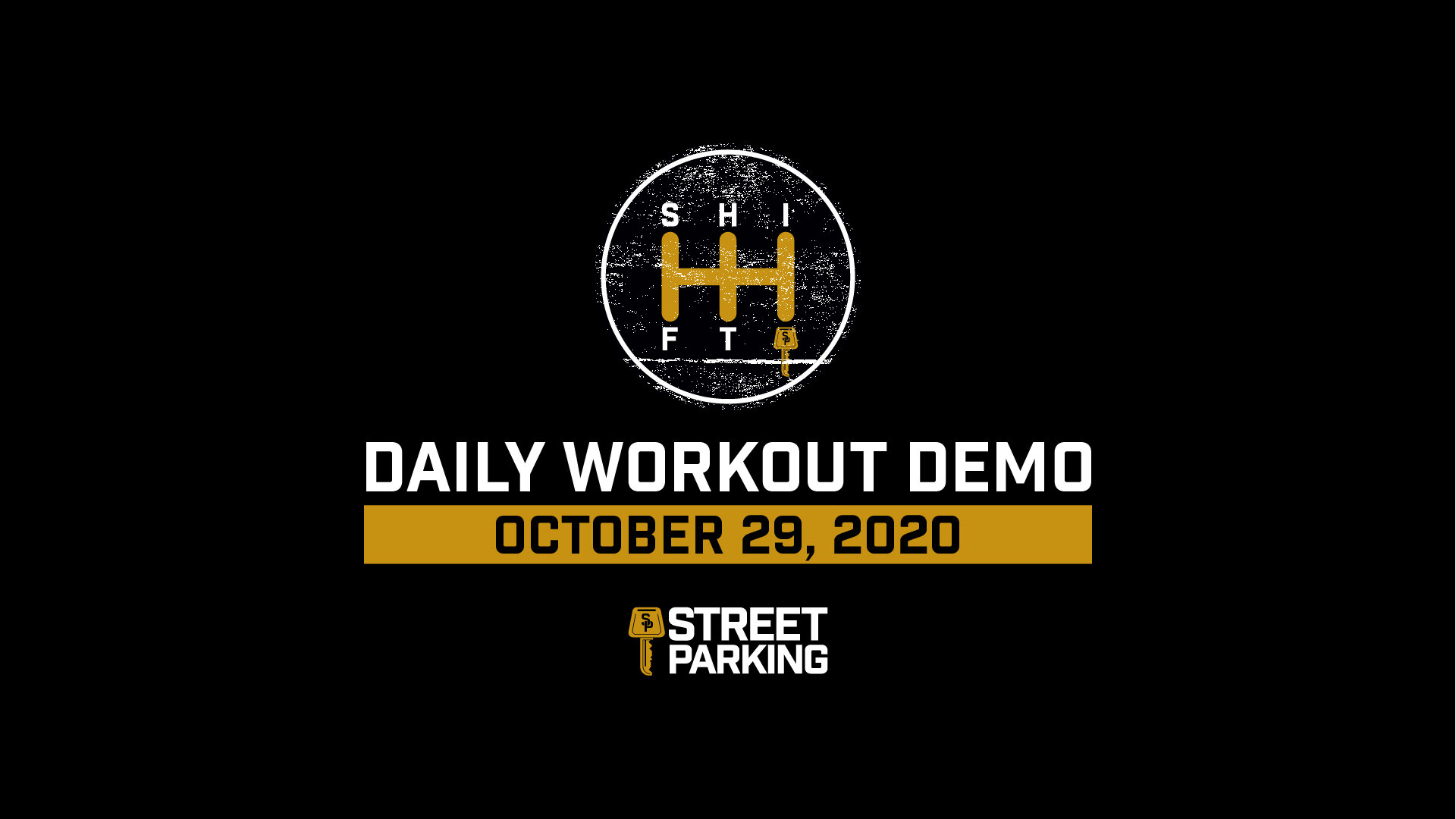THURSDAY SHIFT 10/29/2020


MAINTENANCE SUGGESTIONS FOR TODAY
PRE: MORNING COFFEE, HIP FLEXORS/PSOAS
POST: DECOMPRESSION SEQUENCE, HIPS
5 Rounds
20 Air Squats
1 Min Jog/Run, Row, Bike, Single Unders, Taps, or Low Step Ups
Rest 30 seconds between Rounds
No weight needed today!
Score: Total Time including Rest
Goal: 12 Min or Less
For this one you'll complete 1 round of 20 squats followed by 1 minute of movement then rest 30 seconds before repeating 4 more times for a total of 5 rounds.
Really push the pace on those air squats!! You get to rest before each set so don't hold back!
For these, you will have the feet shoulder width apart with the heels down. Lift the chest and tighten the belly. Reach the butt back and down as you drive the knees out. Ideally, you will get your butt lower than your knees at the bottom with the chest up and belly still tight! Drive through the heels and drive the knees out to stand completely.
If you have a tendency to collapse at the bottom, you may try using a counter balance. If you have pain or issue in the bottom from current or past injury or issue - you may choose to squat to a slightly higher target. Still focus on heels down, knees out, chest up!
For the last part you will choose from a jog/run, row, bike, taps, single unders (jump rope), or low step ups.
DB/AIR SQUATS - If you have a hard time maintaining control and a stable midline in the bottom of the squat or if you find yourself bearing down to get out of the bottom, try subbing a target or assisted squat to shorten the range of motion. A box squat is always a great idea especially during pregnancy to strengthen the posterior chain and balance out the growing belly.
RUN/JOG - To avoid the added pressure to the pelvic floor that the impact from running can create, sub: Taps, Row, Bike, Farmer Carry, Sled Push/Drag, Quick Step Ups. If you're postpartum and working towards rehab-ing your core and pelvic floor you can choose from the same subs for pregnancy and/or scaling the distance that you run so that you can focus on your posture, breathing mechanics, and managing the pressure of your or and pelvic floor.
